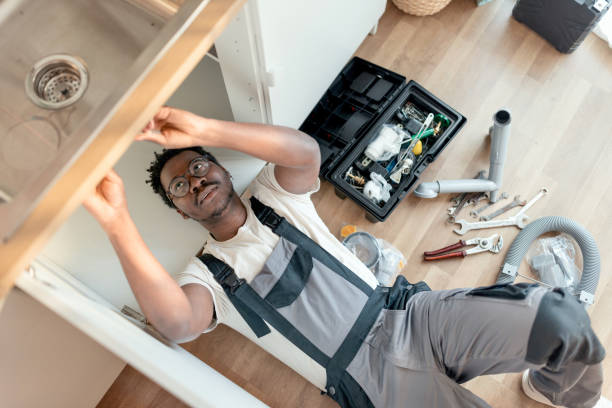
When it comes to creating a flawless interior, drywall finishing plays a significant role in ensuring the smooth and polished appearance of your walls. This process involves a series of essential steps designed to cover seams, fill gaps, and correct imperfections, giving your walls a pristine finish. In this article, we will explore the importance of drywall finishing, the steps involved, and how it can be particularly useful when dealing with structural repairs.
What is Drywall Finishing?
Drywall finishing is the final step in the drywall installation process. Once the drywall panels are securely installed, the gaps between the panels, as well as any screw or nail holes, need to be covered and smoothed. The goal is to create a seamless surface that can be painted or wallpapered. Without proper finishing, your walls would have noticeable joints and imperfections, which can be an eyesore and detract from the overall aesthetics of your home or office.
The drywall finishing process involves the application of several layers of joint compound (also known as mud) and a careful sanding process. Skilled professionals follow a systematic approach to achieve a professional-grade finish.
Key Steps in Drywall Finishing
-
Taping the Joints: The first step in drywall finishing is to apply drywall tape to the seams between the drywall panels. This tape reinforces the joint compound and prevents cracking as the wall settles. It is essential to apply the tape smoothly and evenly to ensure a clean and durable finish.
-
Applying Joint Compound: After taping, a layer of joint compound is applied over the seams and any screw or nail holes. The compound is spread with a drywall knife, making sure to cover the tape thoroughly. The compound is then left to dry, which may take several hours or even overnight, depending on the humidity and temperature of the room.
-
Sanding Between Layers: Once the first layer of joint compound is dry, it is time to sand it down to create a smooth surface. Sanding ensures that any imperfections, bumps, or excess compound are removed, leaving a seamless finish. The process of sanding is repeated between each layer of compound to ensure a perfectly smooth result.
-
Applying Additional Layers: Typically, two or three layers of joint compound are applied, with sanding between each. The goal is to gradually build up a smooth and even surface that is free of visible seams or holes.
-
Final Touches: Once all layers are applied and the wall is completely smooth, a final thin layer of joint compound is spread to further refine the surface. After it dries, the final sanding ensures that the drywall is as smooth as possible, ready for priming and painting.
Drywall Finishing for Structural Repairs
While drywall finishing is generally associated with new construction, it is equally important when performing structural repairs. Whether you’re fixing cracks in the wall, repairing water damage, or dealing with settling foundations, structural repairs can often lead to disruptions in the drywall surface. In such cases, drywall finishing is necessary to restore the wall to its original condition.
For instance, after repairing a crack in the foundation or fixing a structural issue that has caused the drywall to bow or crack, drywall finishing will help cover the repair and blend it seamlessly with the rest of the wall. This process may require additional steps, such as reinforcing the drywall with extra layers of compound or using specialized joint compound for structural repairs.
In the case of extensive structural repairs, it is essential to assess the integrity of the drywall before beginning the finishing process. If the drywall has been compromised beyond repair, it may need to be replaced altogether. Once the structural repair is complete, proper drywall finishing will help restore the aesthetic value of the space.
The Importance of Proper Drywall Finishing
Proper drywall finishing ensures that the final result is smooth, durable, and aesthetically pleasing. It not only improves the appearance of your walls but also contributes to the overall longevity of your interior. High-quality finishing reduces the risk of cracks, dents, or other imperfections that could develop over time. Additionally, well-finished drywall offers a better surface for painting, which improves the final appearance of your home or office space.
When tackling drywall finishing for structural repairs, attention to detail is crucial. A professional contractor will ensure that the job is done correctly, avoiding the common pitfalls of uneven surfaces, visible seams, or unsightly bumps.
Conclusion
Drywall finishing is an essential part of creating smooth, polished, and professional-looking walls. Whether you’re working on a new construction project or dealing with the aftermath of structural repairs, proper finishing techniques are key to achieving the best possible result. Taking the time to carefully finish drywall not only enhances the appearance of your space but also contributes to the durability and longevity of your interior walls. For anyone undertaking home renovations, hiring a professional to handle the drywall finishing process—especially after structural repairs—can make all the difference in achieving a flawless result.





Leave a Reply